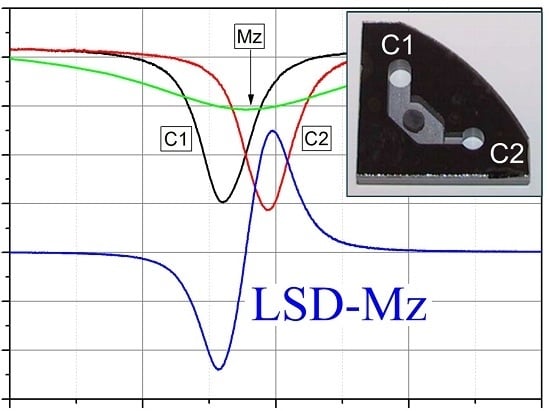An Optically Pumped Magnetometer Working in the Light-Shift Dispersed Mz Mode
Abstract
Share and Cite
Schultze, V.; Schillig, B.; IJsselsteijn, R.; Scholtes, T.; Woetzel, S.; Stolz, R. An Optically Pumped Magnetometer Working in the Light-Shift Dispersed Mz Mode. Sensors 2017, 17, 561. https://doi.org/10.3390/s17030561
Schultze V, Schillig B, IJsselsteijn R, Scholtes T, Woetzel S, Stolz R. An Optically Pumped Magnetometer Working in the Light-Shift Dispersed Mz Mode. Sensors. 2017; 17(3):561. https://doi.org/10.3390/s17030561
Chicago/Turabian StyleSchultze, Volkmar, Bastian Schillig, Rob IJsselsteijn, Theo Scholtes, Stefan Woetzel, and Ronny Stolz. 2017. "An Optically Pumped Magnetometer Working in the Light-Shift Dispersed Mz Mode" Sensors 17, no. 3: 561. https://doi.org/10.3390/s17030561
APA StyleSchultze, V., Schillig, B., IJsselsteijn, R., Scholtes, T., Woetzel, S., & Stolz, R. (2017). An Optically Pumped Magnetometer Working in the Light-Shift Dispersed Mz Mode. Sensors, 17(3), 561. https://doi.org/10.3390/s17030561





